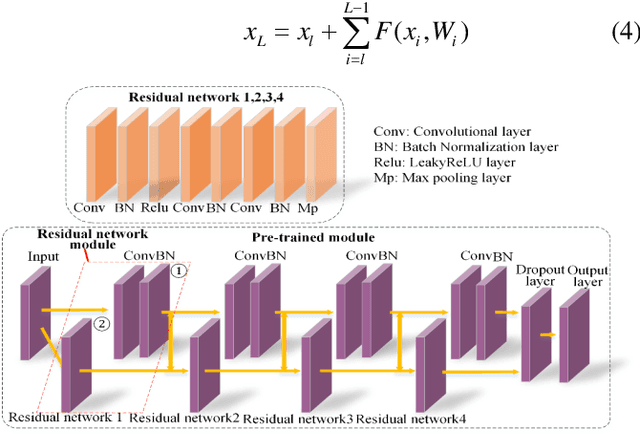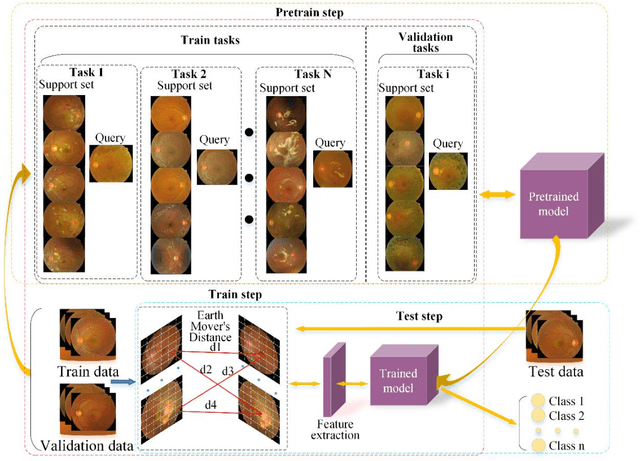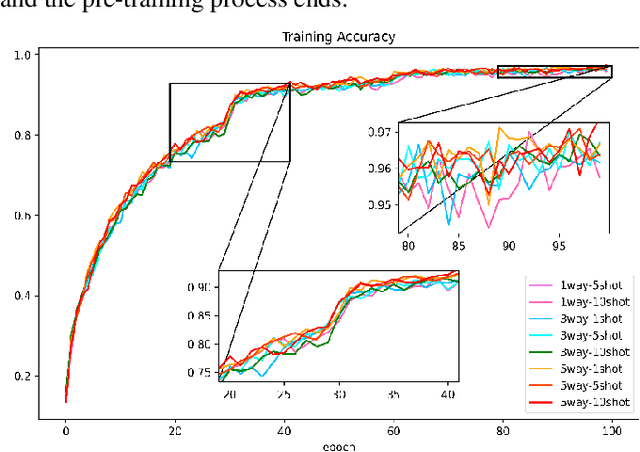Boya Ji
Noise-reducing attention cross fusion learning transformer for histological image classification of osteosarcoma
Apr 29, 2022



Abstract:The degree of malignancy of osteosarcoma and its tendency to metastasize/spread mainly depend on the pathological grade (determined by observing the morphology of the tumor under a microscope). The purpose of this study is to use artificial intelligence to classify osteosarcoma histological images and to assess tumor survival and necrosis, which will help doctors reduce their workload, improve the accuracy of osteosarcoma cancer detection, and make a better prognosis for patients. The study proposes a typical transformer image classification framework by integrating noise reduction convolutional autoencoder and feature cross fusion learning (NRCA-FCFL) to classify osteosarcoma histological images. Noise reduction convolutional autoencoder could well denoise histological images of osteosarcoma, resulting in more pure images for osteosarcoma classification. Moreover, we introduce feature cross fusion learning, which integrates two scale image patches, to sufficiently explore their interactions by using additional classification tokens. As a result, a refined fusion feature is generated, which is fed to the residual neural network for label predictions. We conduct extensive experiments to evaluate the performance of the proposed approach. The experimental results demonstrate that our method outperforms the traditional and deep learning approaches on various evaluation metrics, with an accuracy of 99.17% to support osteosarcoma diagnosis.
FEDI: Few-shot learning based on Earth Mover's Distance algorithm combined with deep residual network to identify diabetic retinopathy
Aug 22, 2021



Abstract:Diabetic retinopathy(DR) is the main cause of blindness in diabetic patients. However, DR can easily delay the occurrence of blindness through the diagnosis of the fundus. In view of the reality, it is difficult to collect a large amount of diabetic retina data in clinical practice. This paper proposes a few-shot learning model of a deep residual network based on Earth Mover's Distance algorithm to assist in diagnosing DR. We build training and validation classification tasks for few-shot learning based on 39 categories of 1000 sample data, train deep residual networks, and obtain experience maximization pre-training models. Based on the weights of the pre-trained model, the Earth Mover's Distance algorithm calculates the distance between the images, obtains the similarity between the images, and changes the model's parameters to improve the accuracy of the training model. Finally, the experimental construction of the small sample classification task of the test set to optimize the model further, and finally, an accuracy of 93.5667% on the 3way10shot task of the diabetic retina test set. For the experimental code and results, please refer to: https://github.com/panliangrui/few-shot-learning-funds.
 Add to Chrome
Add to Chrome Add to Firefox
Add to Firefox Add to Edge
Add to Edge